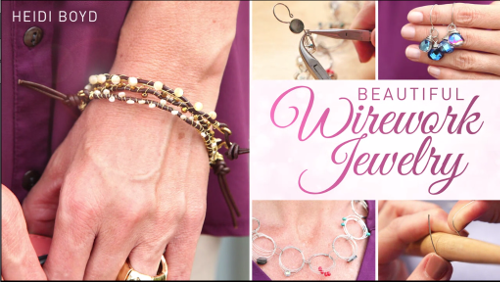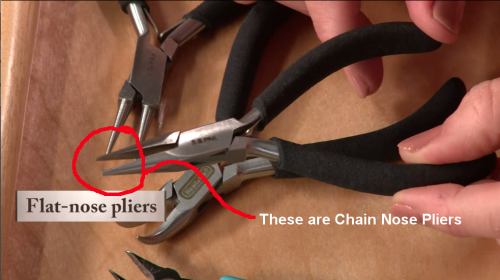“If you don’t want your work copied, don’t post it on the Internet.”
I can’t tell you how sick I am of seeing this ignorant statement on forums I’m part of. The people who post this comment claim to be part of a community, but have no clue about their role in sustaining that community. A lot of the time, they are simply using it to justify acting like complete assholes. They effectively declare themselves to be parasites. The thing that bugs me the most is that they can’t see how self-defeating their attitude is, and how they lose the opportunity to discover the transformative power of their own creativity.
I wrote an essay many years ago about how one of the outcomes of the creative process is the symbiotic relationship between the artist and the viewer. Each person plays a vital part in the interaction. There is a continuous mutual exchange and a holistic balance where the artist says “Look at this!” and the viewer says “I see it!”
Public online forums where people publish photos of their work are the 21st century equivalent of an art gallery. It allows people to admire, discuss, and be inspired by what they see. It’s the venue through which the symbiotic relationship is fostered and nurtured. When a work of art is stolen from an art gallery, the loss is felt by the artist, by the viewer and by the whole community. Art galleries have alarms, cameras and guards to prevent theft of the work. The security features in an online forum are more intangeable. It’s primarily the personal self-restraint, respect and mutual consideration shown by each member that act as the safeguards.
People post to the forums because they’re proud of what they’ve made; they’re excited about their discoveries and accomplishments and they want to share that excitement with an audience. They want to be acknowledged, to be told they’ve done a good job and, where the forum allows it, to be rewarded for their effort through selling their work.
On forums where there are a lot of makers, artists who post work that excites and inspires are frequently asked to share their knowledge through tutorials. For the viewers, the spark of inspiration represents an opportunity to connect with the act of creating and experience that excitement in a new, more profound way.
And it’s where personal self-restraint, respect and mutual consideration come into play.
The artist may be willing to share the knowledge they gained making their designs. If they do, they have every right to set limits. They may decide to give away the information, or they may charge a fee. Selling a tutorial doesn’t mean that the artist has released ownership of the design. Buying a tutorial doesn’t entitle you to any rights, only the opportunity to learn. Anything more has to be explicitly granted by the artist who created the original work. The inherent rights of the artist covered by copyright law are very specific, but that’s a subject for another post.
The artist might not be willing to go beyond just posting the photo of their work, and so declines the request for a tutorial. That can be a disappointment to the person inspired by what they’ve seen. For some, the desire to learn becomes all consuming, so they decide to try to figure it out for themselves.
No one disputes that we all learn by copying. Making a copy of someone else’s design can be seen as a personal creative challenge and a test of one’s own skill. But not every artist appreciates having their work copied.
Posting in a public forum does NOT mean that the artist is releasing their work to the public domain. The need for personal self-restraint, respect and mutual consideration is ongoing. This is an often confused and much argued aspect of internet publishing. The point has to be made that those artists who say they are okay with being copied are making the explicit choice to give up their ownership and rights to their design – it doesn’t mean they never had them in the first place.
When you decide go against the wishes of the artist and make a copy, in no way, shape or form, can you claim that this product of your effort is “yours” in the sense of being presented as “original” design, even if you made small changes. Understand that the copy is only a starting point on the next part of your creative journey. As part of the symbiotic relationship between the artist and the viewer, you have an obligation to yourself and to the artist who inspired you to move as far beyond the copy as you can. Don’t just make small changes: keep going until the similarities are no longer noticeable. Often you’ll be excited to discover that the ideas and designs you are able to generate become genuinely unique and endless.
That’s why ACKNOWLEDGEMENT and ATTRIBUTION are also important. It’s the conscious act of homage where you remember that without having once played the role of the viewer, you would never have been able to become the artist you’ve discovered you are. It reinforces the foundation of the community and the inspiration that nurtured you. The artist who inspires you said “Look at this!”, and you said “I saw it!”
Keep the copy for yourself as a memento of where you started, wear it with pride. But understand that if you try to claim the copy as your original without acknowledging the source of inspiration, or try to sell it, it’s the equivalent of committing a forgery. That breaks the links of self-restraint, respect and mutual consideration. It cuts off the flow of nurturing energy that connects you to your creative source and that sustains the community.
Public forums are a fertile ground for inspiration. But it’s through APPLYING, EXPANDING, GROWING and MAKING SOMETHING COMPLETELY DIFFERENT that you find the keys to the greatest, lasting treasure: being able to trust your own inner power as a creative person. Inspiration may get you excited, but it’s developing the connection to the deepest part of your creative self that keeps you excited.
Simply copying someone else doesn’t go far enough.
Tweaking will only give you a glimmer of what’s possible when you push yourself further.
By making the most committedly honest effort, over time you will find the hidden talent within yourself to create works that stand as wholly, recognizably yours. You become the artist. You can become the one who inspires.
Don’t underestimate what you’re capable of.

